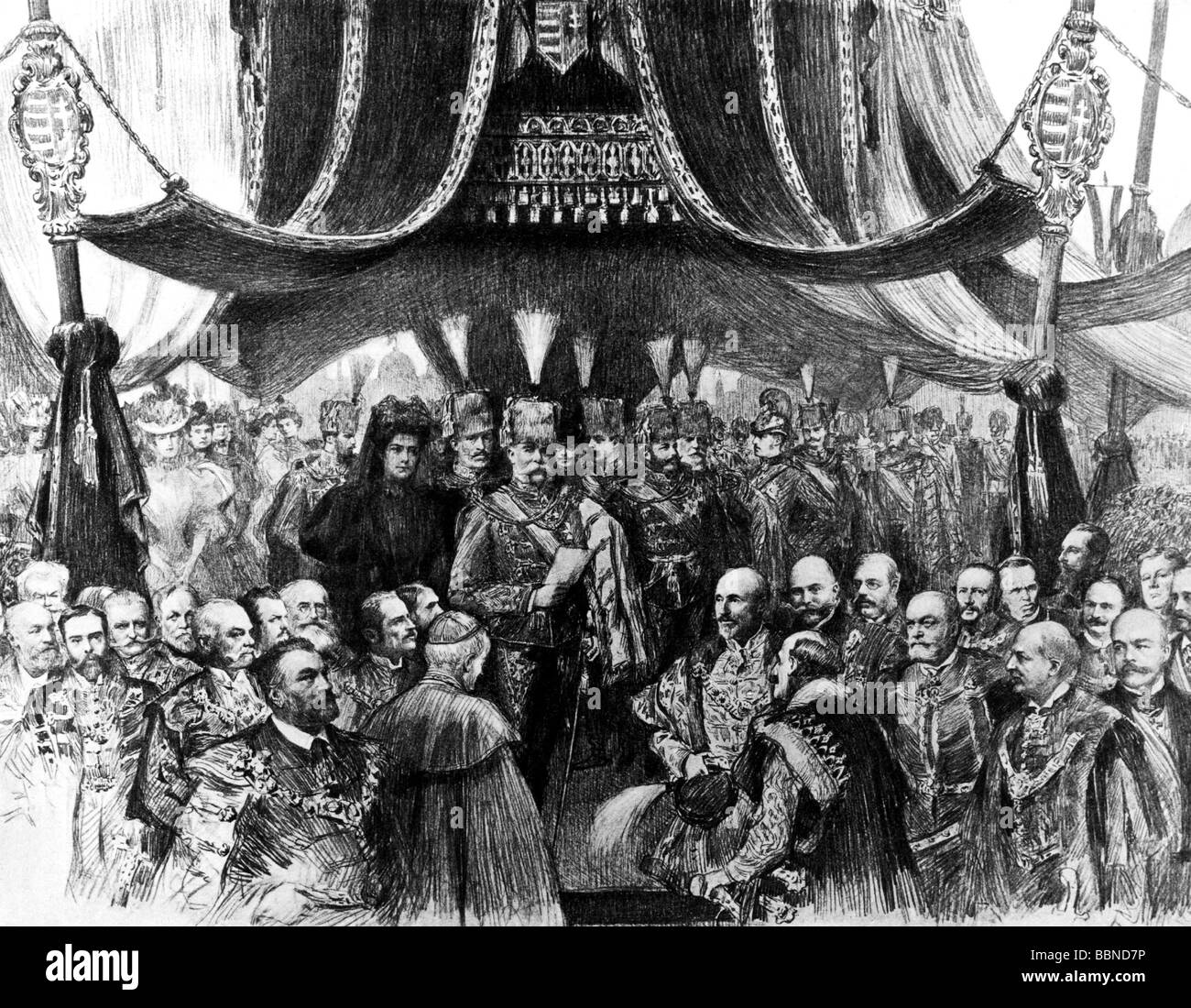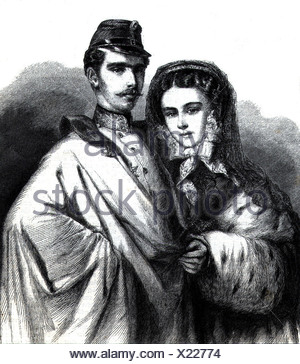

"When we arrived in France, I asked the Honorable Klaudy for some French change to give to the porter, to which he simply replied, 'My dear friend, the Emperor of Austria only pays in gold.' He then proceeded to give the porter a gold coin."Īfter an elegant dinner on the train, the Emperor would retire to the smoking salon with his staff generals, and all of them would literally "disappear in smoke." His personal physician, very concerned about the health effects of this habit, had servants keep exact records of the smoking activity. The following incidence was recorded by the personal valet of the Emperor. Eyewitness accounts about this loyal servant are legion. Even after having received 40 medals of honor and being personally knighted by His Majesty, Klaudy never hesitated to climb on the steam locomotive and personally drive the train through the night to assure safe passage.Īfter five decades of hard service, he died in 1903 of a painful nerve condition as the humble man he had always been. This included slowing the train down to walking speed at exactly 5:30 am because this was the time the Emperor shaved. Claudius von Klaudy was his Majesty’s director of court-traintravels, and always saw to it that the imperial couple travelled in the lap of luxury. In the life story of this fabled train, one legendary name looms large. The imperial train of Austria-Hungary was built by the renowned wagon and locomotive factory Franz Ringhoffer in Prague-Smichov. The quest for technical precision and splendid furnishings led to the creation of elegant palaces on rails. During this time, powerful trains were created for the ruling families of Europe. Type: custom.The history of the imperial-royal train has deep roots in the nineteenth century, the great age of railroads.

These cookies are never used for purposes other than specified here. The information contained in the cookies is not used to identify you personally. You can block or delete these cookies in your browser settings, but in doing so you risk the danger of preventing several parts of the website from functioning properly.

The circumstances of the tragic events at Mayerling have still not been completely clarified.Ĭookies are a technical feature necessary for the basic functions of the website. Rudolf’s suicide at the age of thirty in January 1889 was a heavy blow for the family.

A small painting on the wall to the left of the desk portrays the couple’s son, Crown Prince Rudolf, as a child. The two large portraits show Emperor Franz Joseph at the age of thirty-three and his wife Elisabeth, also known by her nickname Sisi, at the age of twenty-seven. The emperor thus spent most of his working day in this room. As a rule he also had his breakfast and small meals served to him in his study. His maxim was: ‘One must work until one drops from exhaustion!’Īt his desk by the window the emperor worked through documents and files, and dealt with correspondence in an unvarying daily routine. He regarded himself as the foremost official of his state, achieving an enormous workload, day in, day out. Franz Joseph was a highly disciplined individual, and his daily routine was governed by a strictly regulated timetable.


 0 kommentar(er)
0 kommentar(er)
